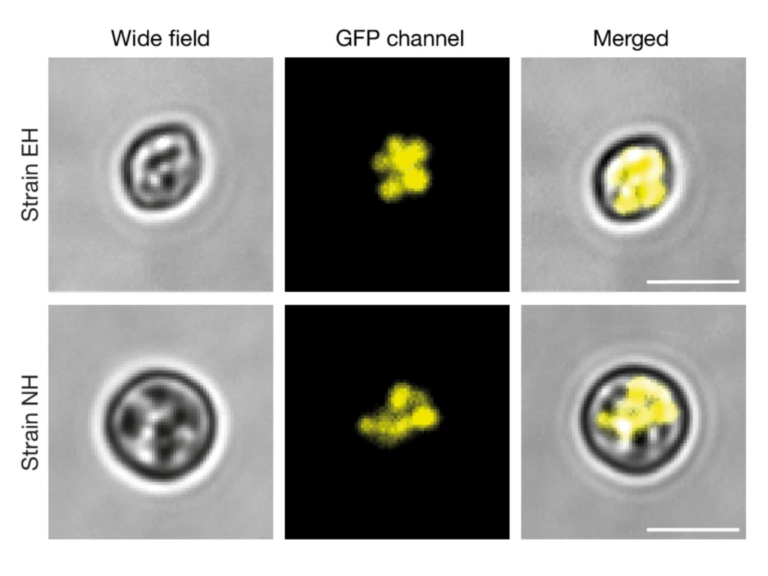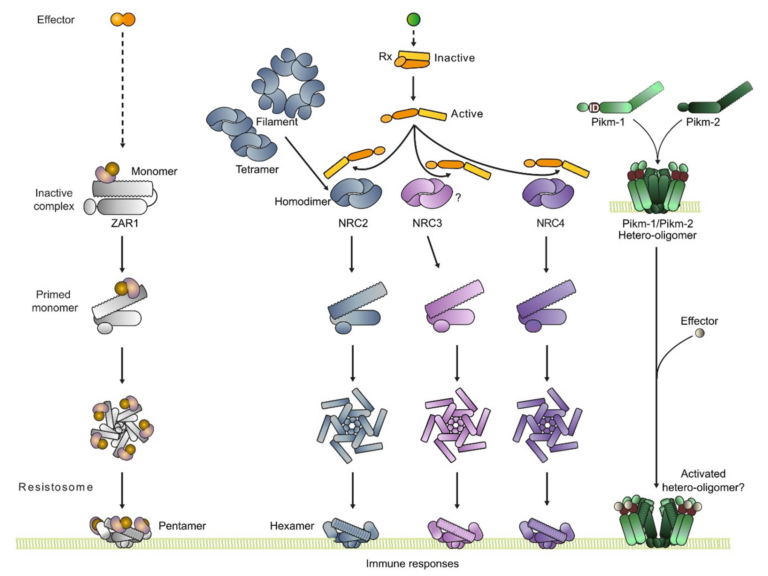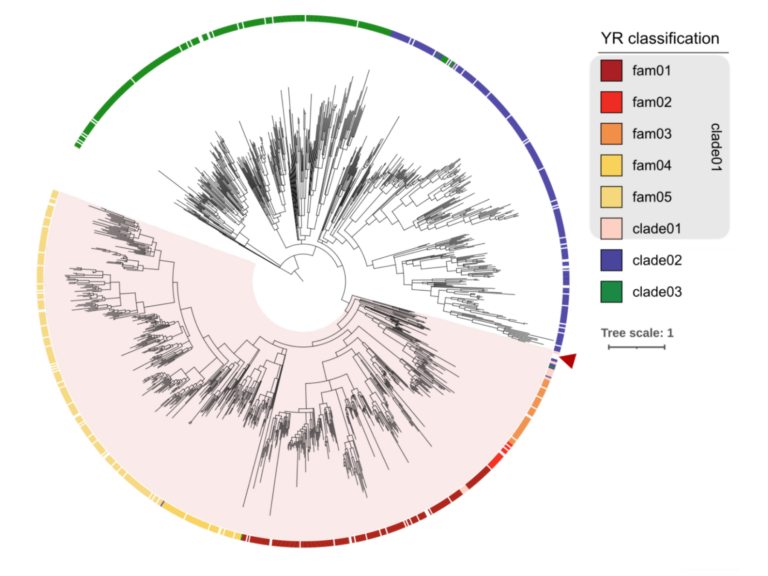Live cell imaging of plant infection provides new insight into the biology of pathogenesis by the rice blast fungus Magnaporthe oryzae
Magnaporthe oryzae is the causal agent of rice blast, one of the most serious diseases affecting rice cultivation around the world. During plant infection, M. oryzae forms a specialised infection structure called an appressorium. The appressorium forms in response to the hydrophobic leaf surface and relies on multiple signalling pathways, including a MAP kinase phosphorelay and cAMP-dependent signalling, integrated with cell cycle control and autophagic cell death of the conidium. Together, these pathways regulate appressorium morphogenesis.The appressorium generates enormous turgor, applied as mechanical force to breach the rice cuticle. Re-polarisation of the appressorium requires a turgor-dependent sensor kinase which senses when a critical threshold of turgor has been reached to initiate septin-dependent re-polarisation of the appressorium and plant infection. Invasive growth then requires differential expression and secretion of a large repertoire of effector proteins secreted by distinct secretory pathways depending on their destination, which is also governed by codon usage and tRNA thiolation. Cytoplasmic effectors require an unconventional Golgi-independent secretory pathway and evidence suggests that clathrin-mediated endocytosis is necessary for their delivery into plant cells. The blast fungus then develops a transpressorium, a specific invasion structure used to move from cell-to-cell using pit field sites containing plasmodesmata, to facilitate its spread in plant tissue. This is controlled by the same MAP kinase signalling pathway as appressorium development and requires septin-dependent hyphal constriction. Recent progress in understanding the mechanisms of rice infection by this devastating pathogen using live cell imaging procedures are presented.


